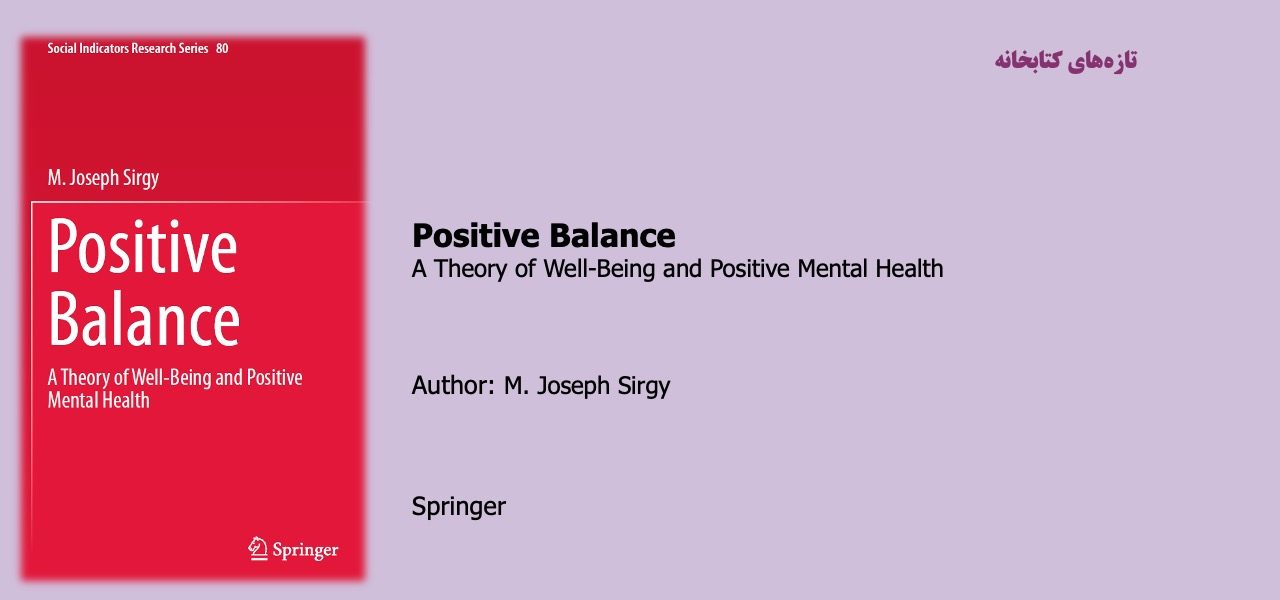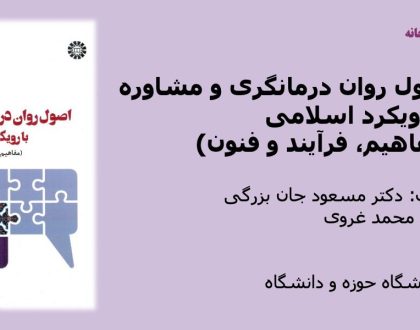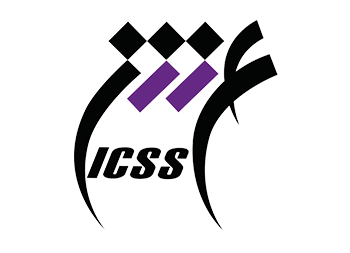Positive Balance A Theory of Well-Being and Positive Mental Health

In the first chapter (Chap. 1: The Theory of Positive Balance in Brief), I briefly describe the theory at large. The theory can be summarized as follows. Individuals with high levels of well-being and positive mental health are characterized to experience (1) a preponderance of neurochemicals related to positive emotions
(dopamine, serotonin, etc.) relative to neurochemicals related to negative emotions
(cortisol), at a physiological level; (2) a preponderance of positive affect (happiness, joy, etc.) relative to negative affect (anger, sadness, etc.), at an emotional level; (3) a preponderance of domain satisfaction (satisfaction in salient and multiple life domains such as family life, work life, etc.) relative to dissatisfaction in other life domains, at a cognitive level; (4) a preponderance of positive evaluations about one’s life using certain standards of comparison (satisfaction with one’s life compared to one’s past life, the life of family members, etc.) relative to negative evaluations about one’s life using similar or other standards of comparison, at a meta-cognitive level; (5) a preponderance of positive psychological traits (selfacceptance, personal growth, etc.) relative to negative psychological traits (pessimism, hopelessness, etc.), at a development level; and (6) a preponderance of perceived social resources (social acceptance, social actualization, etc.) relative to perceived social constraints (social exclusion, ostracism, etc.), at a social-ecological level. Furthermore, well-being at each hierarchical level influences its superordinate constructs through emergence
مطالب مرتبط

اصول روان درمانگری و مشاوره با رویکرد اسلامی (مفاهیم، فرآیند و فنون)
۲۶ / بهمن / ۱۴۰۳

آموزش مهارت نوشتن از منظر شناختی
۲۶ / بهمن / ۱۴۰۳


